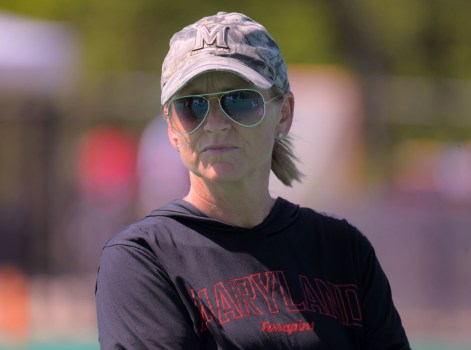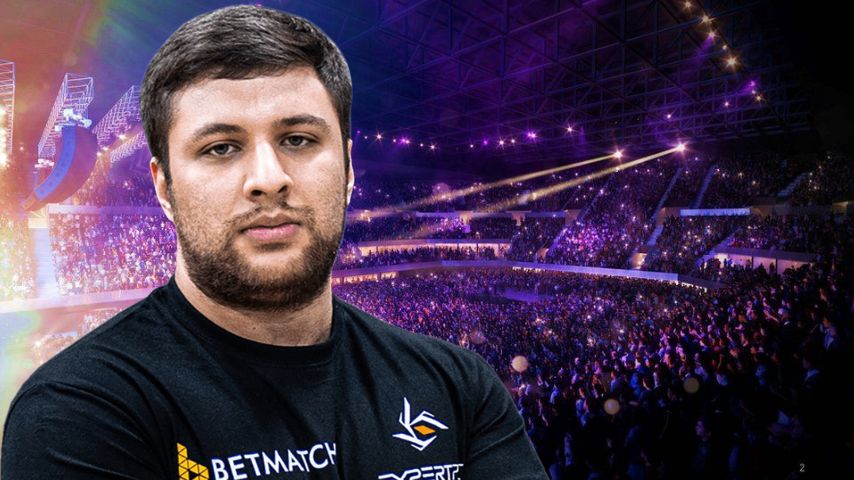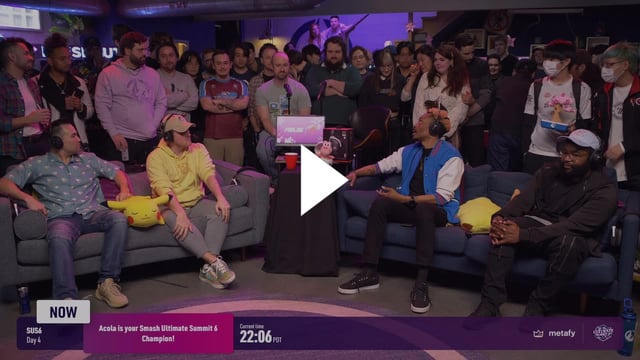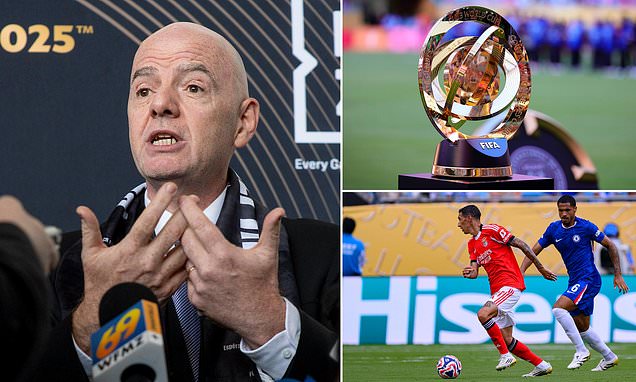The Shattered Aegis: Examining the Long-Term Fallout of the 2016 Shanghai Major Cancellation on Dota 2 The Dota 2 esports scene, a sprawling ecosystem of dedicated players, passionate fans, and multi-million dollar tournaments, often feels like a well-oiled machine.

The Dota 2 esports scene, a sprawling ecosystem of dedicated players, passionate fans, and multi-million dollar tournaments, often feels like a well-oiled machine. But beneath the surface, cracks can appear, threatening the very foundation of the game we love. As a former amateur Dota 2 player who transitioned into game journalism, I’ve witnessed firsthand the highs and lows of this scene since the days of Dota 1. Few events, however, have had such a lasting and detrimental impact as the 2016 Shanghai Major cancellation. The ramifications of that debacle continue to reverberate today, shaping the perception of Valve's commitment to Dota 2 and raising critical questions about the stability of its professional landscape.
A Perfect Storm of Failure: The Shanghai Major's Downfall
The 2016 Shanghai Major, intended to be a showcase of Dota 2 excellence, quickly devolved into a disaster. The event, organized by Perfect World, was plagued by a litany of issues that exposed deep-seated problems within the Dota 2 tournament infrastructure. Player complaints surfaced almost immediately, painting a grim picture of inadequate hotel accommodations and subpar PC setups that hindered performance. Streams were plagued with technical difficulties, and the overall production quality was abysmal.
The situation reached a boiling point when prominent figures within the community voiced their outrage. This immediate backlash from players, casters, and fans alike created an immense pressure on Valve to address the situation. This perfect storm of failures ultimately led to the unprecedented cancellation of the event mid-tournament.

Valve's Response: Damage Control or Genuine Concern?
Valve's response was swift, albeit perceived by many as a reactive measure rather than a proactive solution. They terminated their contract with Perfect World mid-tournament, redistributed the prize pool to the participating teams, and issued a statement acknowledging the unacceptable conditions. While these actions were undoubtedly necessary, they were largely viewed as damage control, aimed at mitigating the PR disaster and preventing further erosion of confidence in the Dota 2 esports scene.
The problem wasn't simply the cancellation itself, but the feeling that Valve had been too hands-off in overseeing the tournament's preparation. The Dota 2 community questioned why such glaring issues were not addressed earlier and whether Valve had adequately vetted Perfect World's capabilities.

The CS:GO Contrast: A Tale of Two Esports
The Shanghai Major incident prompted many to draw comparisons between Valve's handling of Dota 2 and CS:GO, their other major esports title. While both games have experienced controversies, the perceived differences in Valve's response were stark. In CS:GO, instances of cheating or match-fixing have often been met with swift and decisive action, including permanent bans for implicated players and organizations.
This difference in approach fueled the perception that Valve prioritized CS:GO over Dota 2, especially regarding the integrity of the competitive scene. While both games are important to Valve, the faster and stricter policies applied to CS:GO incidents fostered a sense that Valve was more proactive in protecting the competitive integrity of that particular esport.

Lingering Doubts: Stability and Support in the Dota 2 Pro Scene
The Shanghai Major cancellation created lingering doubts about the long-term stability of the Dota 2 pro scene. Teams and organizations, particularly smaller ones and those in tier-2, rely on stable tournament schedules and predictable prize pools to sustain their operations. The Shanghai Major debacle raised concerns about whether Valve would consistently support the Dota 2 esports ecosystem to the same extent as CS:GO, leading to investment hesitation from sponsors and teams.
The incident highlighted the vulnerability of the Dota 2 pro scene to poor event management and the potential consequences for teams relying on those tournaments. The cancellation forced many organizations to re-evaluate their involvement in Dota 2, leading to decreased sponsorships and team disbandments.

The Voice of the Community: Criticism from Dota 2 Figures
Notable figures in the Dota 2 community, such as SirActionSlacks and Cyborgmatt, have been vocal in their criticism of Valve's communication and support for the Dota 2 pro scene. SirActionSlacks, known for his passionate advocacy for the game, has often highlighted the lack of transparency and direct communication from Valve regarding the future of the Dota 2 esports landscape. In various interviews and public statements, he's expressed frustration over the community's lack of insight into Valve's long-term plans and strategies for supporting the game.
Cyborgmatt, a renowned Dota 2 analyst and content creator, has echoed similar sentiments, emphasizing the need for more consistent communication and proactive measures to ensure the stability of the pro scene. He has pointed to instances where Valve's silence has created uncertainty and anxiety within the community, particularly among smaller organizations and aspiring professional players. For example, during discussions about changes to the DPC (Dota Pro Circuit) structure, his analysis highlighted the community's desire for more clarity from Valve to better understand the rationale behind the decisions and their impact on the competitive scene.

Regaining Trust: A Path Forward for Valve
Valve can address these past missteps and regain the full trust of the Dota 2 community by taking concrete steps to improve communication, support tournaments, and implement stricter standards for production quality and player welfare. First and foremost, Valve needs to enhance its communication strategy. Regular updates, developer blogs, and community Q&A sessions can foster a sense of transparency and build trust.
Providing more robust support for tournaments, particularly smaller events, is also crucial. This support can take the form of financial assistance, logistical support, and quality assurance oversight. Implementing stricter standards for production quality and player welfare is paramount. Valve should establish clear guidelines for tournament organizers, covering everything from player accommodations and PC setups to stream production and event logistics. These guidelines should be enforced through rigorous vetting processes and ongoing monitoring.

The Dota 2 Shanghai Major Impact continues to ripple through the pro scene years later. Valve needs to demonstrate a renewed commitment to the Dota 2 esports ecosystem by actively addressing these issues. This will foster a more stable and trustworthy environment for players, teams, and the community.

The Road to Redemption: Building a Stronger Future for Dota 2 Esports
The 2016 Shanghai Major serves as a stark reminder of the importance of robust oversight, clear communication, and unwavering support for the Dota 2 professional scene. While the cancellation undoubtedly left a scar, it also presents an opportunity for Valve to learn from past mistakes and forge a stronger, more sustainable future for Dota 2 esports. By prioritizing community engagement, investing in tournament infrastructure, and upholding strict standards for player welfare, Valve can regain the trust of the community and ensure that the Dota 2 pro scene thrives for years to come. The key lies in consistent action and a genuine commitment to the long-term health and vitality of the game we all love.

Only then can the shattered pieces of trust be pieced back together, and the Aegis of Champions stand tall once more, a symbol of a truly thriving and respected Dota 2 esports community.
